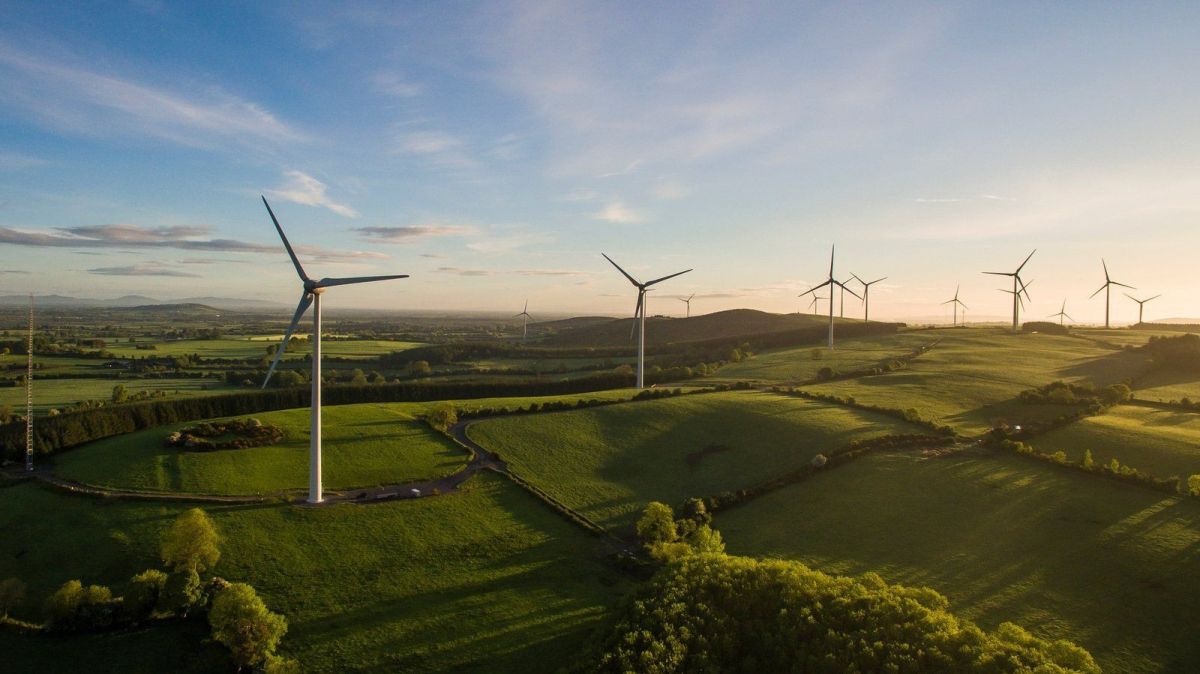The move, six months ahead of schedule, is a key milestone in ESB’s Net Zero strategy and part of its broader plan to transform Moneypoint into a renewable energy hub.
Though coal is no longer used, Moneypoint will continue to support Ireland’s electricity system as a backup generator of last resort, operating only when instructed by EirGrid. Over the next four years, the station will use heavy fuel oil—less carbon-intensive than coal—when needed to maintain grid stability. This arrangement runs until 2029.
Originally built in the 1980s in response to global oil crises, Moneypoint was once capable of supplying a quarter of Ireland’s electricity through three coal-fired units totaling 915MW. In recent years, however, its contribution has declined significantly.
The transition began in 2017 with the development of a 17MW wind farm. In 2021, ESB launched the Green Atlantic at Moneypoint project—a multi-billion euro initiative aimed at transforming the site into one of Ireland’s largest renewable energy hubs. Phase one, completed in 2022, included a €50 million investment in Ireland’s first synchronous compensator, a zero-carbon technology that supports the integration of renewable energy.
Although Moneypoint will temporarily burn oil, it is no longer part of the wholesale electricity market and will operate for limited hours. ESB has installed new oil storage tanks with a 50,000-tonne capacity to support this interim role. Full decommissioning of oil-based generation is expected by 2029.
Despite the return to oil, Moneypoint’s future lies in renewables, and its transformation reflects Ireland’s evolving energy priorities.















